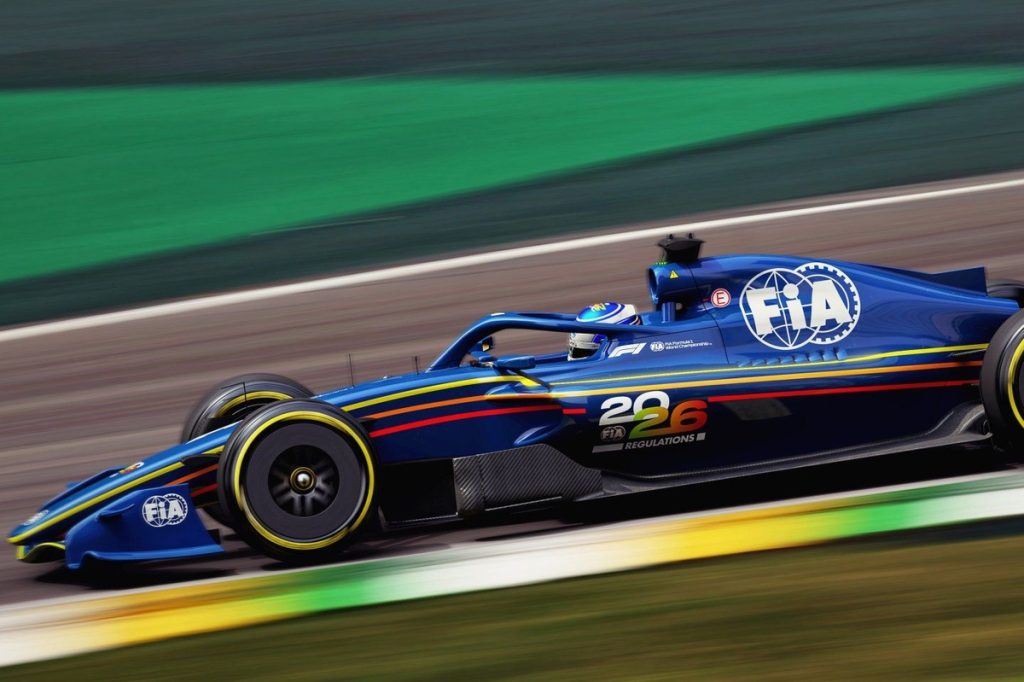Formula 1’s 2026 Car Development Challenges
Amid discussions of a new Formula 1 ruleset, one team has revealed that it hasn’t even allowed its drivers to ‘test’ the 2026 car in the simulator yet. This situation highlights how the new regulations are turning into an extensive theoretical exercise.
The upcoming rule changes, which include narrower, lighter cars featuring active aerodynamics and a balanced power distribution between the electric system and the internal combustion engine, complicate the creation of definitive simulation models. While teams have a few months to refine designs before production, tyre supplier Pirelli faces urgent deadlines.
Pirelli must deliver detailed specifications for new tyres by this Monday (1 September). The new tyres will be 25mm narrower at the front and 30mm at the back. However, developing these tyres is challenging due to the early-stage simulator models from the teams.
Pirelli’s chief engineer, Simone Berra, noted that there are discrepancies of up to 30% in simulator data compared to target loads set by the FIA. This inconsistency raises questions about which data should be considered correct, leading the company to prepare for worst-case scenarios as they continue evaluations throughout the season.
Tyres must be homologated prior to the season, placing pressure on Pirelli to ensure accuracy from the start, especially with additional loads anticipated from in-season developments. While in-season changes are possible, they require unanimous agreement from the teams or could be mandated by the FIA for safety reasons.
Sauber’s sporting director, Iñaki Rueda, explained that the lack of simulation for the 2026 car is due to logistical challenges and the ongoing development of the vehicle itself. Drivers will not be introduced to the C46 car until its design stabilizes to avoid showcasing a vastly different vehicle from what they will actually race.
With a final deadline of 15 December for compound choices, the uncertainty driven by radical rule changes complicates matters. Teams are arriving at significantly different solutions to the new regulations, partly influenced by the ongoing evolution of their aerodynamic setups and brake configurations, suggesting a varied approach to temperature management in the upcoming season.



